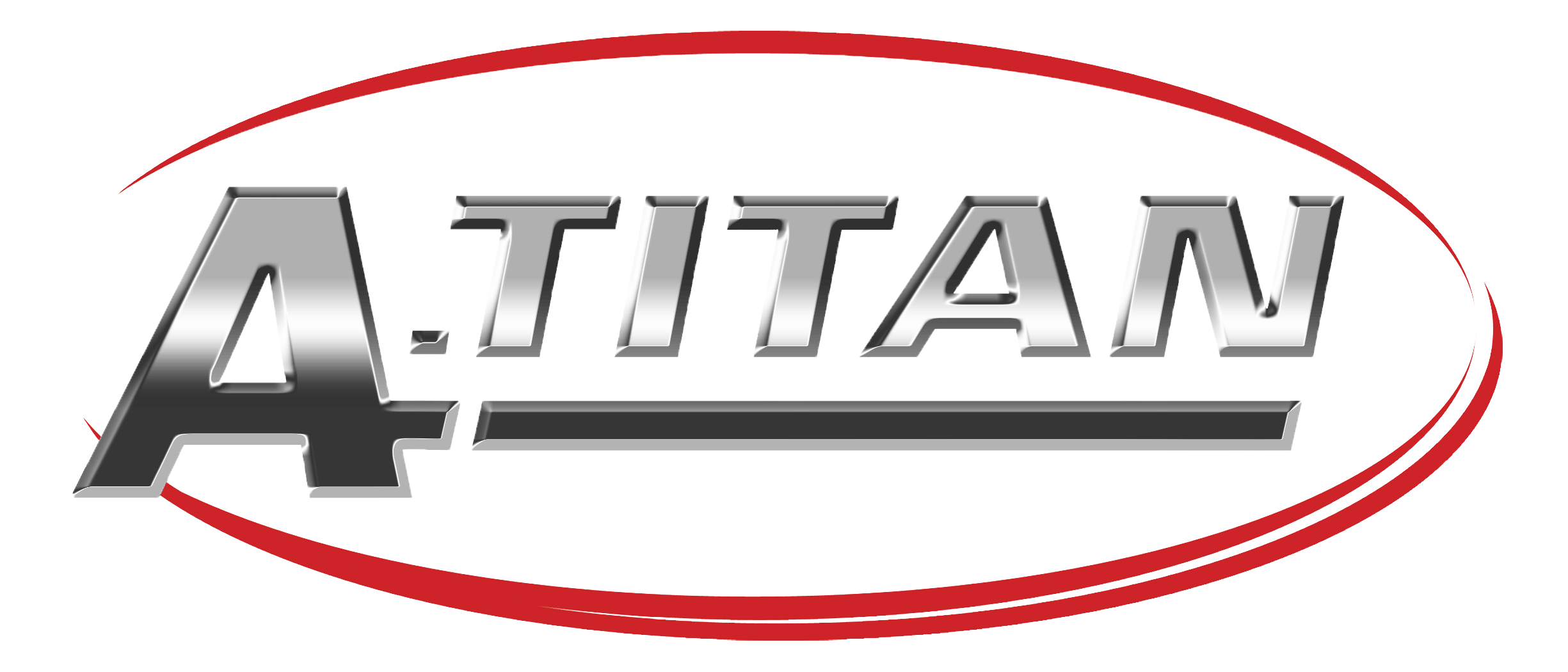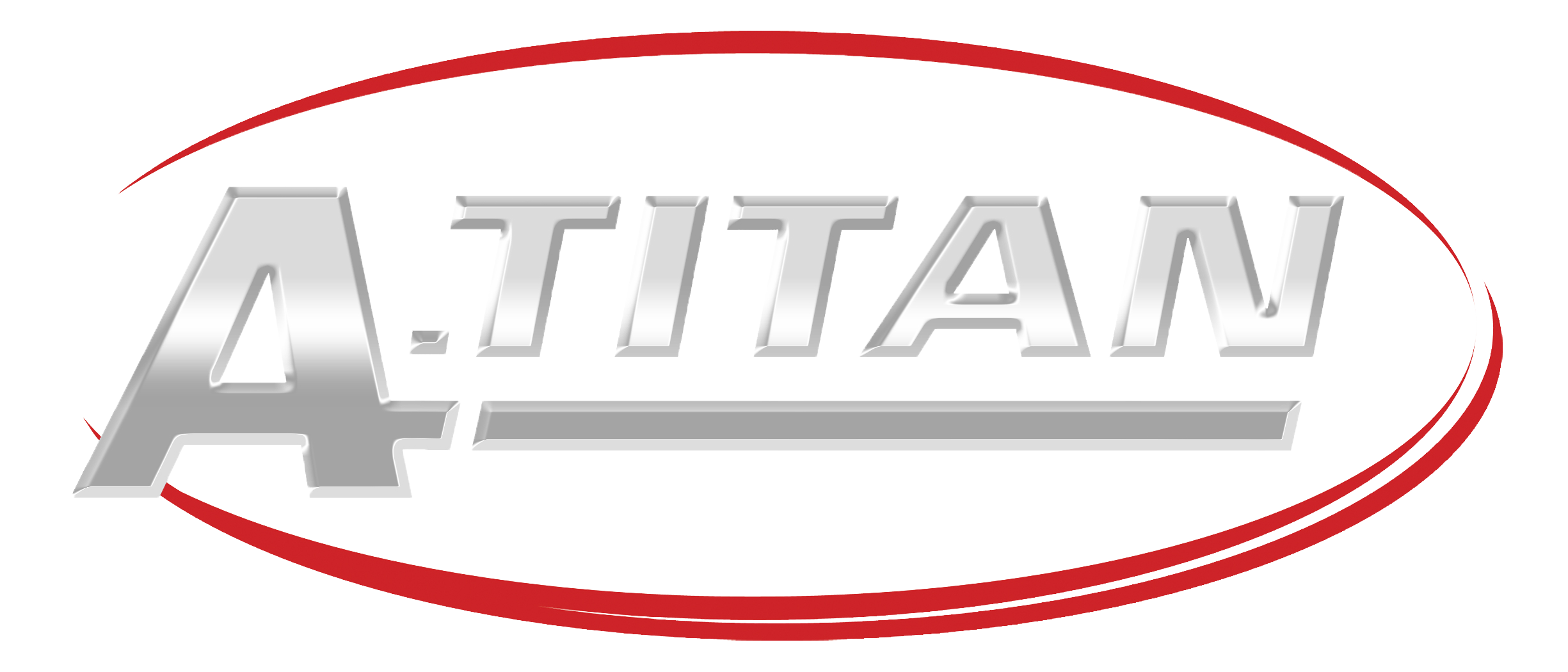Bacterial in nature, Peri-implant disease is one of the most significant risks associated with implant failure rates. Peri-implant disease can be identified as either peri implant muscositis or peri-implantitis. Peri-implant mucositis can be defined as “reversible inflammatory reactions in the soft tissues surrounding a functioning implant” (Albrektsson, Isidor, 1994). Peri- implantitis is characterized by “inflammatory reactions with loss of supporting bone in the tissues surrounding a functioning implant”(Lindhe, Meyle, 2008). Peri- implant mucositis affects up to 80% of implant patients while peri-implantitis affects 25% of patients.
To properly monitor and accurately diagnose peri-implant disease, probing needs to take place after the initial loading of the implant, to establish a baseline, and thereafter at subsequent maintenance visits. Use of a titanium implant probe will help you to accurately measure pocket depths around the implant without compromising the implant. Peri-implantitis can be classified as an incidence of probing pocket depth (PPD) ≥5 mm with bleeding on probing and/or suppuration and radio graphic signs of bone loss of ≥2.5mm or bone loss extending ≥ the first three threads (Ong, et al., 2008). Please reference the chart below.

Following a diagnosis of either peri-implantitis or peri-implant mucositis, effective tissue management is imperative to prevent deterioration of the peri-implant tissues. The goal of any treatment should be elimination/reduction of the pockets around the implants, with absence of suppuration, BOP, bone loss, and maintenance of healthy re-established peri-implant tissues (Heitz-Mayfield and Mombelli, 2014). Starting off with debridement with the use of proper titanium implant scalers and curettes to effectively remove bacteria around an implant will be your most effective option with regards to reducing pockets that have developed around an implant. While plastic implant scalers are good for stimulating the tissue around the implant, it is the titanium implant scalers and curettes that work to remove the bacteria surrounding the affected area.
Given the fact that there are numerous complications that can lead to the failure of an implant, with Peri- Implant disease being one of them, familiarizing oneself with how to properly identify and treat the disease is half the battle. There are many different techniques to choose during treatment, however to be successful, one must develop a consistent treatment strategy that starts off with mechanical debridement through the use of effective instrumentation.
In the October 2018 issue Gordon Christensen's CR Report addressed the issue of effective implant scaling. According to Christensen, the Athena titanium implant scalers and curettes have been rated number one in the industry and received excellent results for firmness, tactile sensitivity, and ease of calculus removal. You can read the implant scaler report on the A. Titan website by clicking here, or by accessing the full report below from the Clinicians Report website.








